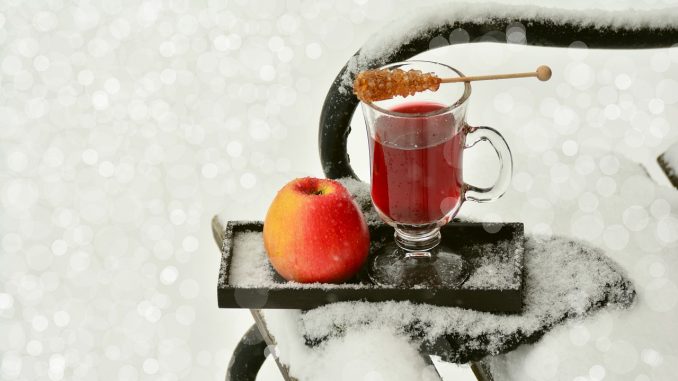
Both physical and mental health are about proper hydration, even in winter. If we do not know how to recognize the signs of dehydration and take the necessary measures, our life quality may worsen. Although we tend to believe that only in summer can dehydration occur, the colder months we may just as often encounter this problem.
In fact, the likelihood of dehydration is even more accelerated when staying outside in cold weather and at higher altitudes. In these conditions, the air you breathe is drier, and the lungs must exert more effort to humidify the air and heat it. The more effort your body makes, the more water you have to drink.
Why are we not thirsty in winter?
The answer is simple: when it is cold outside, our blood vessels contract. The body tries to keep warm by pumping more blood to the heart. This results in reduced blood flow to the extremities, while the body strives to protect vital organs. You know the feeling of “cold hands”, right? The problem is that then the body is tricked into believing that it is properly hydrated!
What can happen if you do not drink enough water?
You become dehydrated. Up to 75% of our body weight is made up of water.
Symptoms of dehydration include:
- Dry mouth,
- Drowsiness or fatigue
- Tiredness, weakness, pain
- Dizziness or light-headedness
- Dry skin
- Headache
- Constipation
Here are some tips to keep in mind in order to stay hydrated in winter:
Replace the water you lose
Water exits the body through exhalation, perspiration and urine. If your urine is light in color and abundant, then you are well hydrated. If it is dark in color and low in volume, then you must drink more fluids.
Dosage your moisturizing drink throughout your workout
If you exercise up to an hour, you can only rehydrate yourself with water. However, after an hour, add electrolytes and carbohydrates. If you do sports at higher altitudes, then you should drink as much water as possible.
Set a goal for the amount of daily water you have to drink
Setting a daily water target is one of the simplest ways you can monitor your water consumption. You can use various mobile applications to set your daily fluid intake, or simply make it a goal to carry a bottle of water wherever you go, including at work (acts as a physical reminder to remember to stay hydrated). It is advisable to opt for a glass container. It is safer for your health and the environment.
Hydrate yourself with room temperature beverages
On one hand, cold liquids are absorbed faster. On the other hand, warmer drinks (tea, hot chocolate) or at room temperature are better, because they maintain your optimum internal temperature. Choose the latter option especially when exercising at low temperatures.
Consume as much fruit as possible
Winter fruits are excellent sources of water. Apples and pears have 84% water, and clementines 87%. In addition, these fruits contain vitamin C, which keeps cold or flu away.
Eat salty foods and soups
Foods containing salt will help you retain water. And the soup with its broth and vegetables hydrates and warms you. Limit your intake of fried and processed foods (such as pastries, potato chips, white bread and frozen pizza) because they dehydrate you.
Drink hot chocolate
You’ve probably heard that milk chocolate is the ideal drink for post-workout recovery, due to its 4: 1 carbohydrate-protein ratio. Hot chocolate offers the same benefits, plus added heat.



Leave a Reply